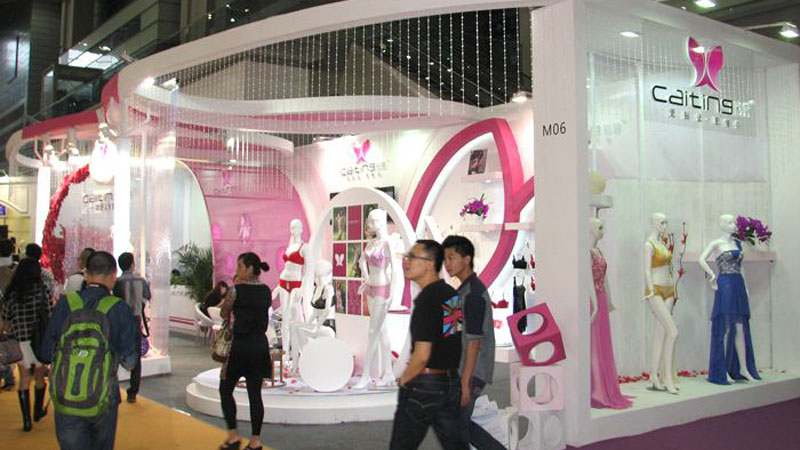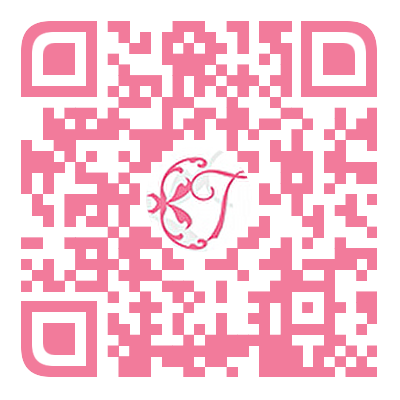Main Paths, Difficulties, and Policy Suggestions for the Transformation and Development of China's Textile Enterprises
2018/4/2

In recent years, the growth rates of output value and profits in China's textile industry have been declining year by year, and its international competitiveness has gradually weakened. The main obstacles restricting the development of China's textile industry are weak market competitiveness caused by low equipment and technology levels, insufficient R&D investment, inadequate brand-building capabilities, and lack of management capabilities. Enterprises have insufficient ability to respond to changes in the external environment and are vulnerable to fluctuations in the policy environment, market demand, raw materials, energy, and labor costs. To break free from the current difficult situation and enhance international competitiveness, enterprises need to further improve technical equipment levels, strengthen brand building, optimize product and market structures, and achieve development through transformation. At the same time, the government should reduce the tax burden on textile enterprises, improve policy measures to support textile enterprises in "going global," and encourage technological upgrading to realize product and market transformation, thereby maintaining the international competitiveness of China's textile industry.
In recent years, the growth rates of output value and profits in China's textile industry have declined year by year. In 2008, textile exports and profits showed negative growth for the first time in a decade, and the investment scale dropped rapidly. In 2011, the growth rates of output value, profits, and investment in the textile industry all slowed down, with export growth even approaching zero. As domestic labor, financing, raw material, and energy costs continue to rise, coupled with the impact of RMB appreciation and international trade barriers, the international competitiveness of China's textile industry has gradually weakened. In the fierce market competition, textile enterprises can only survive and develop through transformation by accelerating the adjustment of industrial structure, market structure, and product structure, and improving their capabilities in technological innovation, R&D, and operation management.
From May to June 2012, we conducted a special survey on the transformation and development of approximately 300 enterprises in 10 provinces and cities, including Guangdong, Hubei, Liaoning, and Sichuan, focusing on the transformation and development of Chinese enterprises. Among them, over 80 textile enterprises were surveyed on-site, and nearly 2,000 questionnaires were distributed, with 81 valid responses received from the textile industry. A preliminary analysis of the survey data shows that in terms of financing environment, human resources environment, enterprise sales, and profit situation, the questionnaire sample enterprises performed better than the on-site surveyed enterprises, which is related to the overall good operating conditions of the sample enterprises.
Overall Situation and Preliminary Analysis of Surveyed Textile Enterprises
Enterprise Nature
Among the surveyed enterprises, 12 are state-owned, 6 are collective-owned, 49 are private-owned, and 5 are Hong Kong, Macao, or Taiwan-invested enterprises. Among them, 35 are listed companies, accounting for 43.2% of the total surveyed enterprises.
Enterprise Scale and Sales Revenue
Among the surveyed enterprises, there are 31 large-scale enterprises, 36 medium-sized enterprises, 12 small-sized enterprises, and 2 micro-sized enterprises. In 2011, the maximum total assets of the companies were 60 billion yuan, the minimum was 2 million yuan, and enterprises with assets exceeding 5 billion yuan accounted for 12.2%. The maximum sales revenue was 52 billion yuan, the minimum was 2 million yuan, and enterprises with revenue exceeding 5 billion yuan accounted for 13.2%. Overall, the scale of China's textile enterprises is generally not large, and enterprise sales revenue is directly related to enterprise scale.
Distribution of Enterprise Sales Markets
A survey on the distribution of product sales markets from 2007 to 2011 shows that the vast majority of products of the surveyed enterprises are sold in the domestic market, with an average domestic sales proportion of 77.03%. Among them, 13 enterprises have a domestic sales proportion of over 90%, accounting for 41.91% of the surveyed enterprises (with 31 valid samples for this question), showing an increasing trend year by year.
There are 2 enterprises exporting to more than 30 countries and regions, both located in Guangdong and Zhejiang provinces, where the textile industry is relatively developed. Both are privately-held enterprises with more than 15 years of operation, and one of them is a listed company. The vast majority of surveyed enterprises export to fewer than 10 countries and regions, with an average of 3.8 countries. There was 1 enterprise exporting to more than 50 countries and regions in 2007, but none in 2009 or 2011.
Sales Revenue Growth of Enterprises in Recent Three Years
Regarding the growth of enterprise market sales revenue in the past three years, among the surveyed enterprises, 25 experienced rapid growth (exceeding 10%), 38 achieved steady growth (5%-10%), 13 had slow growth (0-5%), and 5 saw a decrease in sales revenue.
Among the 25 enterprises with sales revenue growth exceeding 10%, only 1 is a listed company and 4 are state-owned enterprises, accounting for 2.86% and 33.33% of the sample enterprises, respectively. These 25 enterprises had an average proportion of R&D personnel to total employees of 9.76% from 2007 to 2011, higher than the average of 8.6% for all sample enterprises. Among these 25 enterprises, 9 have leading product production equipment with internationally advanced technical levels, and 13 have domestically advanced levels, indicating that the technical level of enterprise equipment has a significant impact on product quality and competitiveness, thereby affecting enterprise operating performance.
Related News

